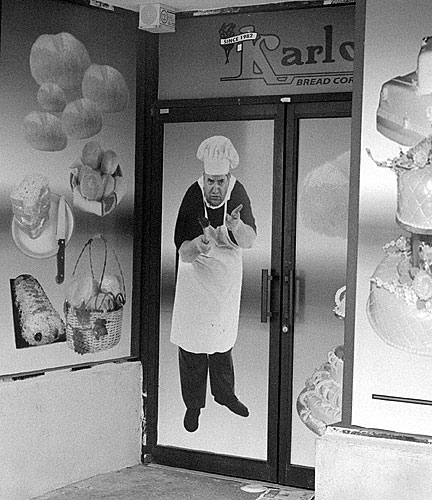After I recently put up a post about third parties, I ran across this excellent passage by Samuel Eliot Morison, from his Oxford History of the American People. The book is a staple at used book stores, and is frequently available for very little money. Morison is an old-time historian, basically a New Deal liberal in outlook. Anyway, Morison is basically patriotic and sensible, and tells the tale clearly and fairly, especially by contemporary standards.
Morison is here talking about Martin van Buren’s political machine in New York in the 1820s:
The Albany Regency’s political system in New York spread throughout the Union, although issues differed from state to state. Party organization in the Jackson era settled into a pattern that has changed little since. In contrast to its British prototype, which exists normally on the one level for electing members to Parliament, the American party existed in three layers, federal, state and municipal. Analysis of the Whig and Democratic parties and their successors reveals a bundle of local, sectional and class interests. Their cross sections, instead of displaying a few simple colors, were a jigsaw puzzle of radicalism and conservatism, nationalism and state’s rights, personal loyalties and local issues. Party strategy was directed toward accumulating as many bundles as possible, and statesmanship was the art of finding some person or principle common to all factions that would make them sink their differences and in union find strength.
And, I’d add, to be perfectly clear, “… and win elections.” This is the way it works and has pretty much always worked. And the question that ought to occur to anyone paying attention is this – how the heck else can you govern a continent-sized country composed of hundreds of millions of people?. I am heartened by the responses I got to the earlier post, which suggests that our ChicagoBoyz backbenchers are not attracted by the siren song of futile and counterproductive third party politics.
